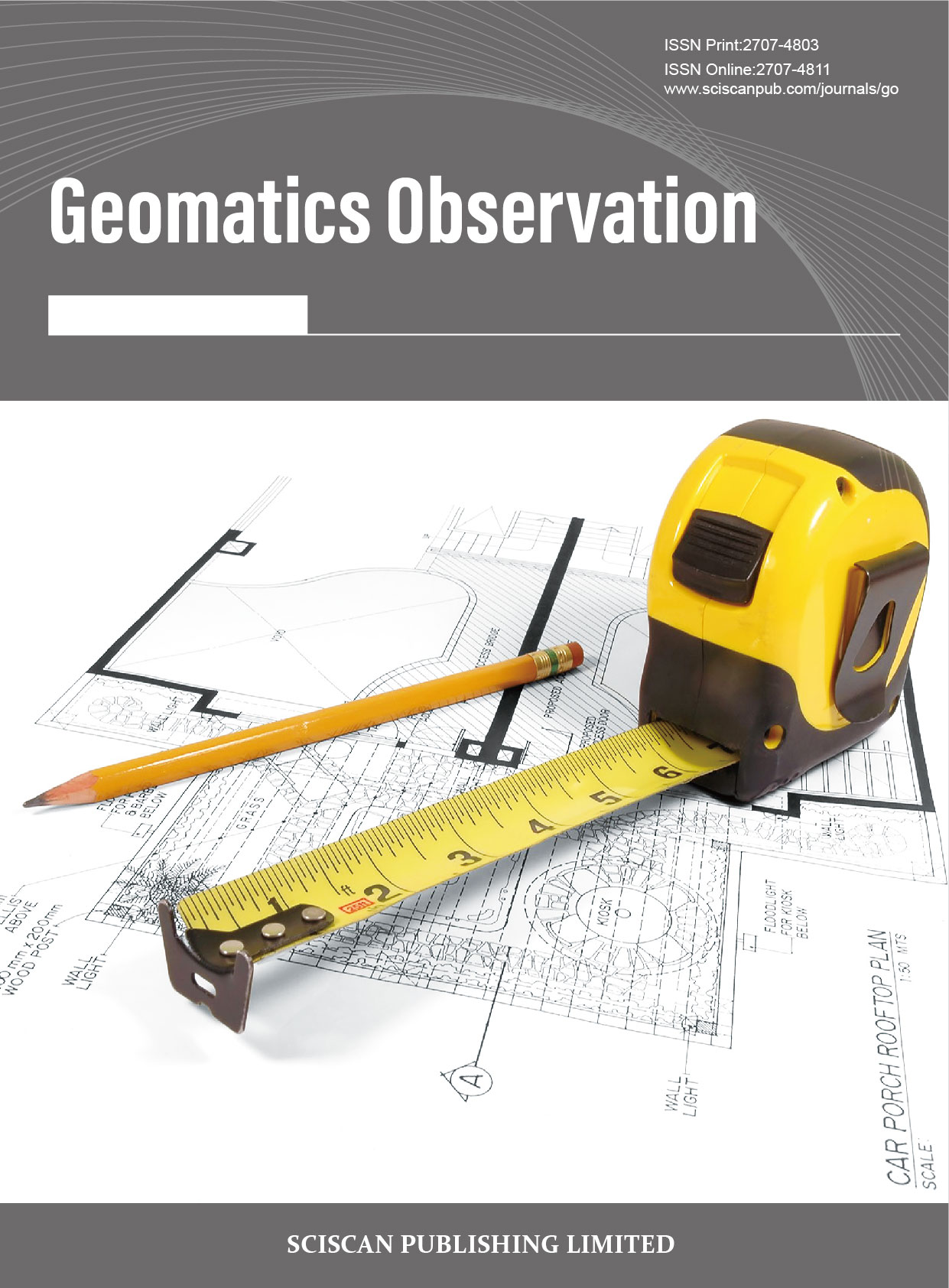Geomatics Observation
ISSN Print:2707-4803
ISSN Online:2707-4811
Contact Editorial Office
Subscribe to the latest published information from SCISCAN
基于哥白尼地球运动论对狭义相对论提出质疑
Some Doubts about Special Relativity Based on Copernicus’ Earth Movement Argument
- Authors: 陈宇¹ 陈寿元²
-
Information:
1.北京师范大学,天文系,北京; 2.山东师范大学,信息科学与工程学院,济南
-
Keywords:
Copernicus; Special Theory of Relativity; Galileo; Geocentrism; Heliocentric theory哥白尼; 狭义相对论; 伽利略; 地心说; 日心说
- Abstract: This article first briefly introduces Michelson-Morey experiment and special relativity, and then introduces Copernicus’s scientific method of establishing heliocentric theory. Since ancient times, no one standing on theearth has measured the speed of the earth’s movement. Copernicus’ heliocentric theory relies on the large background movement of the sky to deduce the movement of the earth. The essence of Michelson-Morey experiment uses the superposition of the revolution speed of the earth and the speed of light to generate light travel difference. The zero result shows that the experiment failed. In other words, all kinds of electromagnetic wave (light wave) experiments cannot measure the revolution speed of the earth when standing in the laboratory on the earth. Because the basic law of physics: to describe (measure) the motion of an object requires a reference object. Whether an object moves or not cannot be measured by itself. If the speed of the earth can be measured by light wave test close to the laboratory. That is to say, it is equal to an experiment in which the earth measures the movement of the earth without reference. This is beyond the basic category of references needed for physical movement. Einstein founded his special theory of relativity through a failed experiment. Its truth is questionable. This article attempts to use Copernicus and Galileo’s basic scientific arguments, as well as astronomical definitions of time and space, to put forward several questions about the space-time view of special relativity. 摘要: 该文首先简单介绍迈克尔逊-莫雷实验以及狭义相对论,然后介绍哥白尼创立日心说的科学方法。从古至今凡是站在地球上的人,都没有测量到地球的运动速度。哥白尼日心说靠天空大背景运动,反推理出地球的运动。迈克尔逊-莫雷实验的实质用地球的公转运动速度与实验室的光速叠加,产生光行程差。零结果表明实验是失败的。换句话说,站在地球上实验室里,各类电磁波(光波)实验也不能测量地球的公转速度。因为物理学的基本规律:描述(测量)一个物体的运动,需要参照物。一个物体是否运动,不能靠自己来测量自己。如果紧靠实验室光波试验,可以测量地球的速度的话。即等于地球运动不需要参照物,地球测量地球的运动的试验。这超出物理运动需要参照物的基本范畴。爱因斯坦靠一个失败的实验,创立狭义相对论,其真理性值得怀疑。该文企图用哥白尼、伽利略的基本科学论点,以及用天文学上时间、空间定义对狭义相对论时空观提出几点质疑。
- DOI: https://doi.org/10.35534/go.0303011
-
Cite:
陈宇,陈寿元.基于哥白尼地球运动论对狭义相对论提出质疑[J].测绘观察,2 0 2 1 ,3(3):105-122.
















